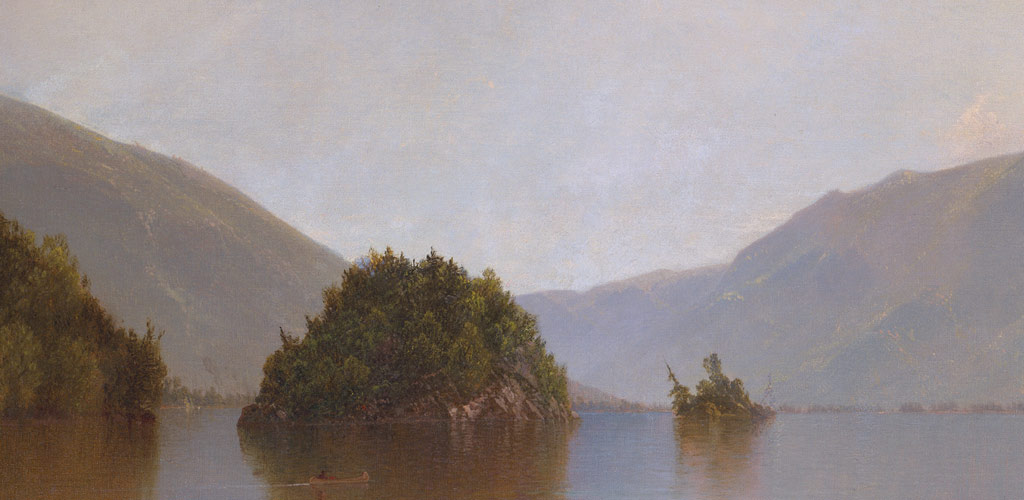
Hudson River School
Painting America's Eden
The Art of Realism, Idealized
Founded by Thomas Cole, the Hudson River School was an art movement heavily influenced by the romanticism in the mid-19th century. The artists, a group of landscape painters, were interested in the effects of light, called luminism. Their style was defined by aerial perspective and camouflaging brushstrokes.
Portraying "the spirit of a nation," these artists sought to embody the sentiment of opportunity, painting the grandeur and allure of this new "Eden," glossing over of the effects of urbanization and industry.
Themes of the Paintings
- discovery
- exploration
- settlement
The style
These artists were the first to paint the America, specifically the American landscape, with nature as it's subject rather than the background. These works of art illustrated the power of nature - the sublime - demonstrating the prevailing symbolism of creation, and therefore God. The light, and it's effects on the landscape, were elemental in the organization of the Hudson River School art. Furthermore, these masterpieces characterized and detailed the ideals of human beings and nature in a pastoral setting coexisting in harmony, frequently pairing the coarseness of the wild with an agrarian society. Many of the scenes portrayed were a combination of multiple images recorded by the artists to create a Utopian, yet realistic work of art.
Some of the Key Players
Thomas Cole
1 February 1801 - 11 February 1848
Frederic Edwin Church
4 May 1826 - 7 April 1900
Albert Bierstadt
7 January 1830 - 18 February 1902
John Frederick Kensett
22 March 1816 - 14 December 1872
Asher Brown Durand
21 August 1796 - 17 September 1886
Sanford Robinson Gifford
10 July 1823 - 29 August 1880
Thomas Cole, The Oxbow, 1836
Hudson River Artist Mini Gallery
George Inness (1861)
Albert Bierstadt (1870)
Off The Wall: A Pic-Nic Party by Thomas Cole
Questions (Answer in your notebook)
Who was the audience of Thomas Cole’s Oxbow?
Why do you think the Hudson River School was significant as Americans approached the belief of Manifest Destiny?











